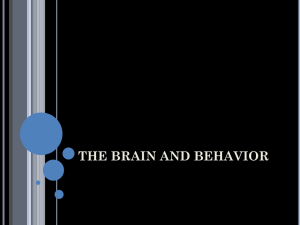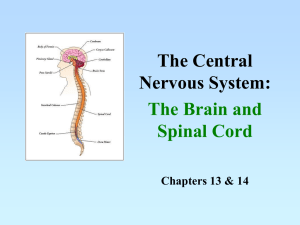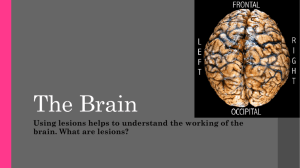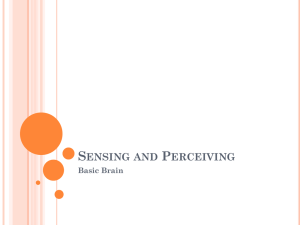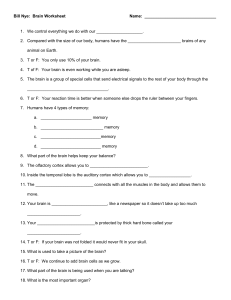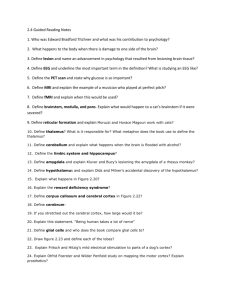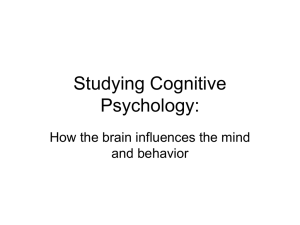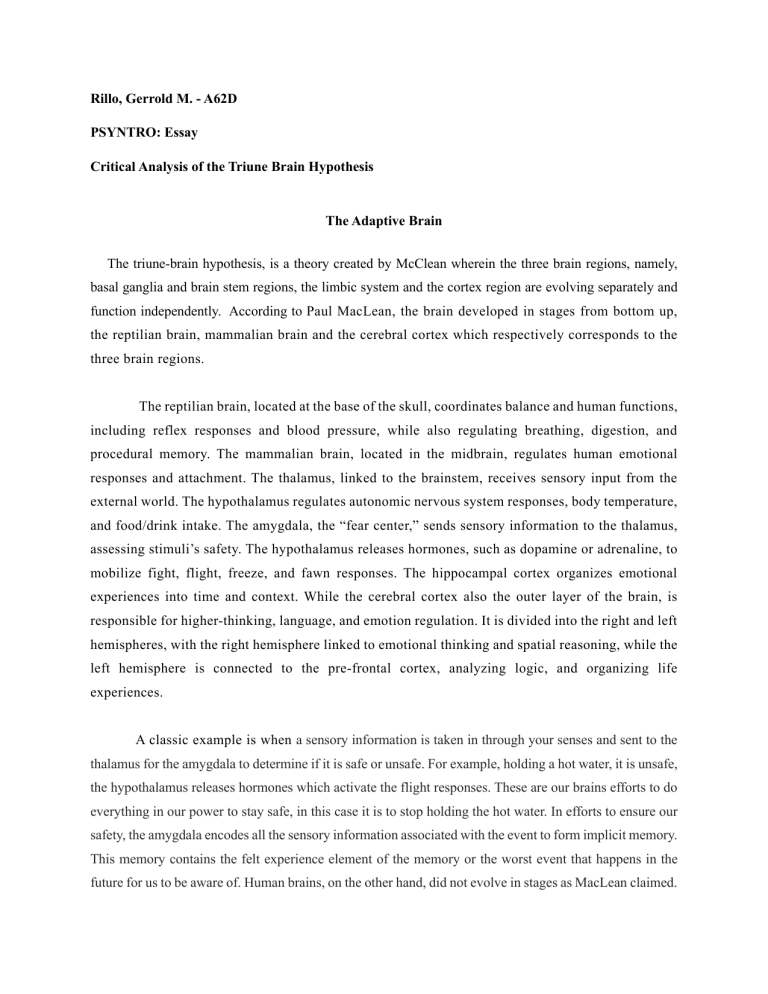
Rillo, Gerrold M. - A62D PSYNTRO: Essay Critical Analysis of the Triune Brain Hypothesis The Adaptive Brain The triune-brain hypothesis, is a theory created by McClean wherein the three brain regions, namely, basal ganglia and brain stem regions, the limbic system and the cortex region are evolving separately and function independently. According to Paul MacLean, the brain developed in stages from bottom up, the reptilian brain, mammalian brain and the cerebral cortex which respectively corresponds to the three brain regions. The reptilian brain, located at the base of the skull, coordinates balance and human functions, including reflex responses and blood pressure, while also regulating breathing, digestion, and procedural memory. The mammalian brain, located in the midbrain, regulates human emotional responses and attachment. The thalamus, linked to the brainstem, receives sensory input from the external world. The hypothalamus regulates autonomic nervous system responses, body temperature, and food/drink intake. The amygdala, the “fear center,” sends sensory information to the thalamus, assessing stimuli’s safety. The hypothalamus releases hormones, such as dopamine or adrenaline, to mobilize fight, flight, freeze, and fawn responses. The hippocampal cortex organizes emotional experiences into time and context. While the cerebral cortex also the outer layer of the brain, is responsible for higher-thinking, language, and emotion regulation. It is divided into the right and left hemispheres, with the right hemisphere linked to emotional thinking and spatial reasoning, while the left hemisphere is connected to the pre-frontal cortex, analyzing logic, and organizing life experiences. A classic example is when a sensory information is taken in through your senses and sent to the thalamus for the amygdala to determine if it is safe or unsafe. For example, holding a hot water, it is unsafe, the hypothalamus releases hormones which activate the flight responses. These are our brains efforts to do everything in our power to stay safe, in this case it is to stop holding the hot water. In efforts to ensure our safety, the amygdala encodes all the sensory information associated with the event to form implicit memory. This memory contains the felt experience element of the memory or the worst event that happens in the future for us to be aware of. Human brains, on the other hand, did not evolve in stages as MacLean claimed. People's natural tendency to change their minds in response to what they see, hear, or encounter in their surroundings directly contradicts the idea that vertebrate evolution has consisted of "newer brain structures superimposed over and on top of 'older' brain structures, tracking the development of complex cognition." In some cases, we need to think of how to adapt to the present situation that we are into and decides to bypass the signals that given by the senses to the amygdala and rather choose to endure whatever fear or pain the person feels or see. The adaptive brain’s core function is to manage the stress response, a crucial aspect of survival. This involves balancing internal needs and external demands, such as energy consumption, to ensure survival. Successful adaptation requires a fast and frugal response, minimizing prediction error and enhancing efficient energy use. The brain is not just about the process of breathing or simply moving away from evident threat but also to make sure that we have to live our lives to the fullest by taking risk or take new steps to be able to adapt to the environment. References Steffen, P. R., Hedges, D., & Matheson, R. (2022). The brain is adaptive not triune: How the brain responds to threat, challenge, and change. Frontiers in psychiatry, 13, 802606. https://www.frontiersin.org/articles/10.3389/fpsyt.2022.802606/full
